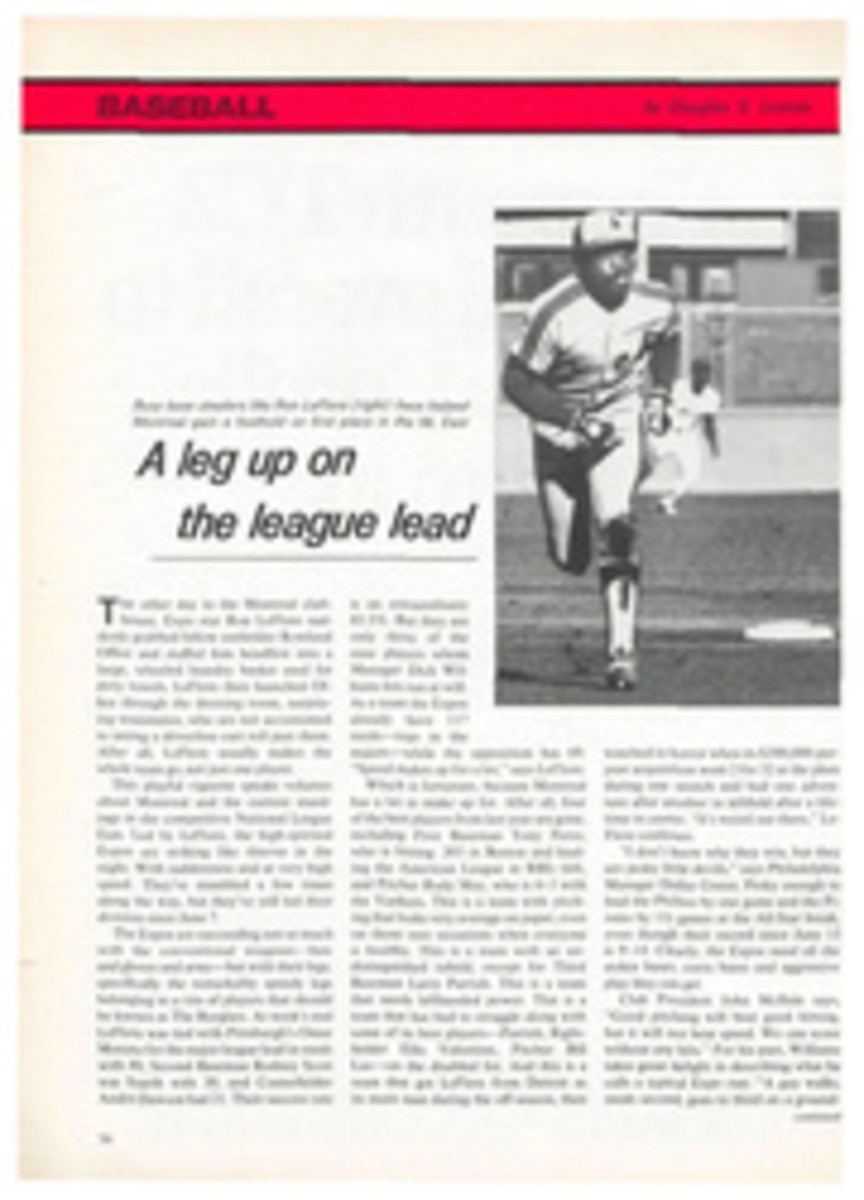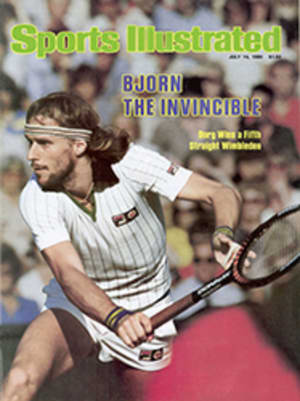
CHEERS FOR A GRACEFUL EVOCATION OF THE CHARMS OF RACETRACK LIFE
Bill Barich was in his mid-30s when the hard times struck. His mother was dying of cancer; he and his wife were arguing; his money was running low and his work—writing—wasn't going well. "The mix was weird and frightening and it came always at night, out of the deepest places." He wanted a way out. "I began once again to long for an escape into orderliness and decided, with the same hapless illogic that governed all my actions then, to leave home and spend the rest of the spring at Golden Gate Fields, a thoroughbred track in Albany, near Oakland and San Francisco. There were other things I might have done, friends who would have taken me in, but I was convinced that there was something special about racing and I wanted to get to the heart of the matter. The track seemed circumscribed and manageable, especially when compared to the complex filigree of nature, hydrogen intertwined with embryos and tumors.... I thought if I could touch it, I might come away renewed."
Thus begins Laughing in the Hills (Viking, $10.95), Barich's account of his season among the thoroughbreds. It is a lovely, valuable book, introspective without being self-servingly so, affectionate but never saccharine in its evocation of racetrack life, witty and perceptive throughout. Not merely that, but it is a first-rate piece of reportage, one of the best books about horses and people who follow them that I have had the pleasure of reading.
Golden Gate Fields, the track to which Barich repaired in search of renewal, has a checkered history. In the '40s and '50s, its racing strip was "so hard, dry and fast that even knob-kneed platers looked good." World records were set there, and the legendary Silky Sullivan made his debut there; now he is buried in its infield.
But in the '60s, California racing authorities permitted simultaneous meetings in the state. "Soon thereafter the Southern California tracks, wealthier than their northern counterparts and drawing on a larger population, began offering bigger purses and better facilities and soon cornered the market on prime thoroughbred flesh. The quality of stock performing in the north declined steadily, and Golden Gate devolved to its present state of repair, an elegantly situated, slightly run-down plant featuring indifferent and often curious racing early in the week and more bettable affairs toward the weekend."
Just as some writers have found more of the essence of baseball in the minor leagues than in the majors, so Barich got what he wanted in the rather tacky surroundings of Golden Gate Fields. In its relaxed, old-shoe atmosphere, he had no difficulty making the acquaintance and eventually the friendship of track people: jockeys, owners, grooms, agents, touts, railbirds, hangers-on. Other writers—notably Pete Axthelm in his fine book about Steve Cauthen—have remarked upon the democracy and congeniality of the track; Barich discovered them at first hand.
But one should not exaggerate "democracy," according to Barich. "I came to think of trainers as Renaissance princes who ruled the backstretch. Walking the shedrows I saw that each barn resembled a principality, embodying a unique blend of laws and mores, an individuated style."
In particular, Barich is attracted to the lowly yet dignified grooms. "They lived the most rigorous and honest lives on the back-stretch and seemed to have fewer illusions than anybody else. Their lives had an ascetic quality, functioning within a matrix of basic demands, work, food, rest, sex, a little occasional excitement, and peace of mind.... But through it all they remained faithful to some inner model of goodness, an eccentric and singular moral code, and always to the horses."
It is, in the end, from those horses that Barich learns what the track has to teach him. Immersing himself in the history of the thoroughbred, he came upon some truths that may seem obvious—"They wouldn't run to form, no matter how you coaxed them, and in a world increasingly controlled and uniform this was exciting"—yet that led him to the discovery he so badly wanted to make. "In their moment of running they had wings. When I was in touch with them, I felt the same way I felt on the river when I hooked a steelhead and it seemed to fire every neuron in my body.... Whenever I beached a steel-head I looked at my line in wonder. It looked flimsy, and the knot attaching it to my hook was tiny and not very strong. All connections ever tenuous. I knew what was happening then. I was letting go of the sadness, letting go of my mother. Living and dying, winning and losing: I sat on the stool and drank my whiskey, suddenly permeated by all the emotions I'd been blocking out. Nothing abides; no cause for alarm."
Some learn the lesson from the Psalms, others from experience: life is at once fragile and self-renewing. Barich learned it from the stately procession of thoroughbreds, generation after generation reinvigorating the noble tradition.
Barich has cluttered up this account of his quest with a rather strained effort to find parallels between the racetrack and Renaissance Florence, but a writer is entitled to his speculations, no matter how fanciful. They don't in the least diminish the grace, wit and power of Laughing in the Hills.

